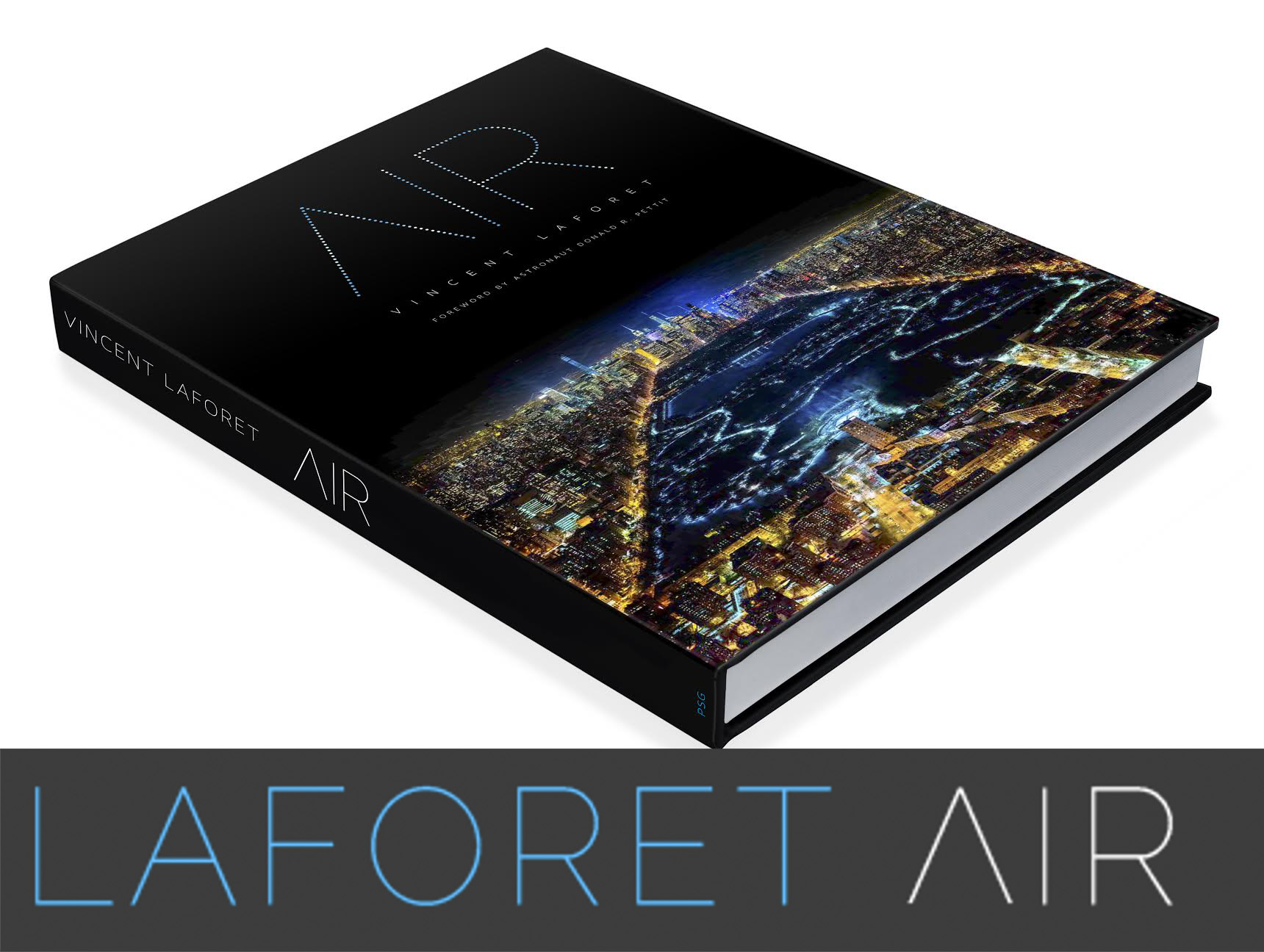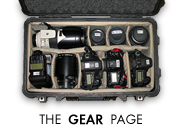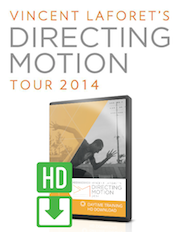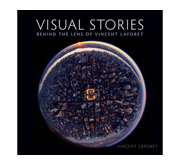TECH TIP FRIDAYS: PLURALEYES
One of the biggest challenges for on set production with HDDSLR’s (or really any camera for that matter) is recording sound. Unfortunately, no camera has an onboard microphone capable of recording sound that’s up to professional standards – to achieve such results you have to use an external audio device (I use a Sound Devices 744t) with a boom mic, lavalier mic, or both.
This of course means that once you get into the editing bay you have to sync all of your dailies to your recorded audio. Because HDDSLR’s do not record time code this can be tricky. I usually use my digital slate (by DENECKE) to apply a synced time code to the audio recorder. The digital slate displays a running time code that the camera can see. When I get to the editing bay, I pick a frame from the beginning of a clip where the slate is showing. Using the time code that is displayed on the slate, I assign the clip a matching time code at that frame. I can then merge this clip to the corresponding audio clip based on the time code and theoretically my audio will be synced. Sound tedious? IT IS.
However there is an elegant solution for this by Singular Software called PluralEyes. The program allows you to drop everything (video and audio) into one timeline and then simply command PluralEyes to sync everything in that timeline. The program analyzes the waveform of the audio attached to your video, as well as that of the audio you recorded separately, and syncs them together on your timeline. This is incredibly convenient, a huge time saver, and very cool.
PluralEyes is especially helpful when shooting multi-camera events (such as a concert or interview) because it lines everything up so that all you have to do in the edit is cut between your different camera setups. No more syncing your video files, or even having to set up a multi track video project, because PluralEyes does it all for you – just by pressing a button. It’s also helpful when you’re shooting in a guerilla or documentary style and there’s no time to jam time code – much less slate a shot. And of course its useful to anyone shooting on an HDDSLR given the absence of timecode…
You can learn more by visiting Singular Software’s website.
Tags: HDDSLR, PluralEyes, Post, Sound, Vincent Laforet













Very cool! Saw this for the first time on the HDSLR class you taught on CreativeLive.
I’m glad to see that they’re working on a version for Premiere Pro CS4/5. Which is currently in BETA and available for download for all you PC users out there: http://www.singularsoftware.com/downloads.html
Vincent, I enjoy reading your stuff. You talk about the iPad and I read your posts on my iPad. So, why can’t I view your video clips on my iPad?
Got it. However, I still wish they would explain about what to do to lock the synced audio with the clips after PluralEyes syncs. Or maybe that is an amateur request.
Dave Reply:
August 1st, 2010 at 1:39 pm
@Jeff,
IN FCP, to link an audio track and a video track, highlight both and press Command-L. This links the two together so when you move one, the others sticks to it and moves as well. If you want to move the audio or video separately later, just highlight the video or audio track, both will show as selected, and do the Command-L again to break the link and move to your hearts content. Of course, this is in FCP. I suspect that Adobe and other vendors have similar features.
LeeH.
You can’t view the video on the iPad because its a Flash video file and iPad and iPhone do not support Flash (most video on the internet is flash based) only because there is a turf war going on between Steve Jobs and Adobe. Just so I don’t start a flame war I agree that video coding should be updated and html5 looks like the way to go for the future, but why punish us now?? If it takes more battery power to run flash then let me recharge my battery more often – but give me the choice.
I agree that PluralEyes works great, however it will work more accurately if you can use an external mic on the DSLR, preferably a mic that matches the one on the external recorder.
This way the wave forms will match up more easily. Depending on what type of situation you’re shooting, even the PluralEyes “try really hard” can be difficult with a boom mic recording someone’s voice in a loud ambient environment.
For anyone that hasn’t tried Pluraleyes yet – I’ve done a reasonably in-depth Pluraleyes/FCP workflow tutorial here –
Final Cut Pro Tutorial – Pluraleyes workflow.
http://vimeo.com/13515845
Best,
Alex.
Hmm…
Not bad for $150. How about a competition or something for a freebie?
I use my Zoom H4N to pretty good effect, with a clap or slate/event to mark the timecode… it usually takes less than a minute per clip to organize/sync the sound.
Vincent, love your work, love the blog, but did you know that you cannot view the videos on it from an iPhone or iPad? Same with your website! As the Apple guy that you are, can’t you get Mr. Jobs on the blower and talk him into flash support on these devices?
How great would the iPad be with a USB port and Flash support???
Mahalo,
Bry
Hi Vincent,
Love the blog and the pictures, not to mention the championing of DSLRs for video.
I’ve had an editor use pluraleyes on a job and I have to say I’m not sold. It seems to add more steps and take longer than syncing with a clapper or by eye does.In fact after seeing it in action I can tell you it’s slower than syncing film and mag on a flatbed!
Plus it’s not really a time/budget saver if you need an extra mic on the camera to get good results. That’s letting the tech bend you to it’s will, don’t stand for it!
Cheers,
Toby
Can’t wait to try it, thanks for the post your blog has so many great tools.